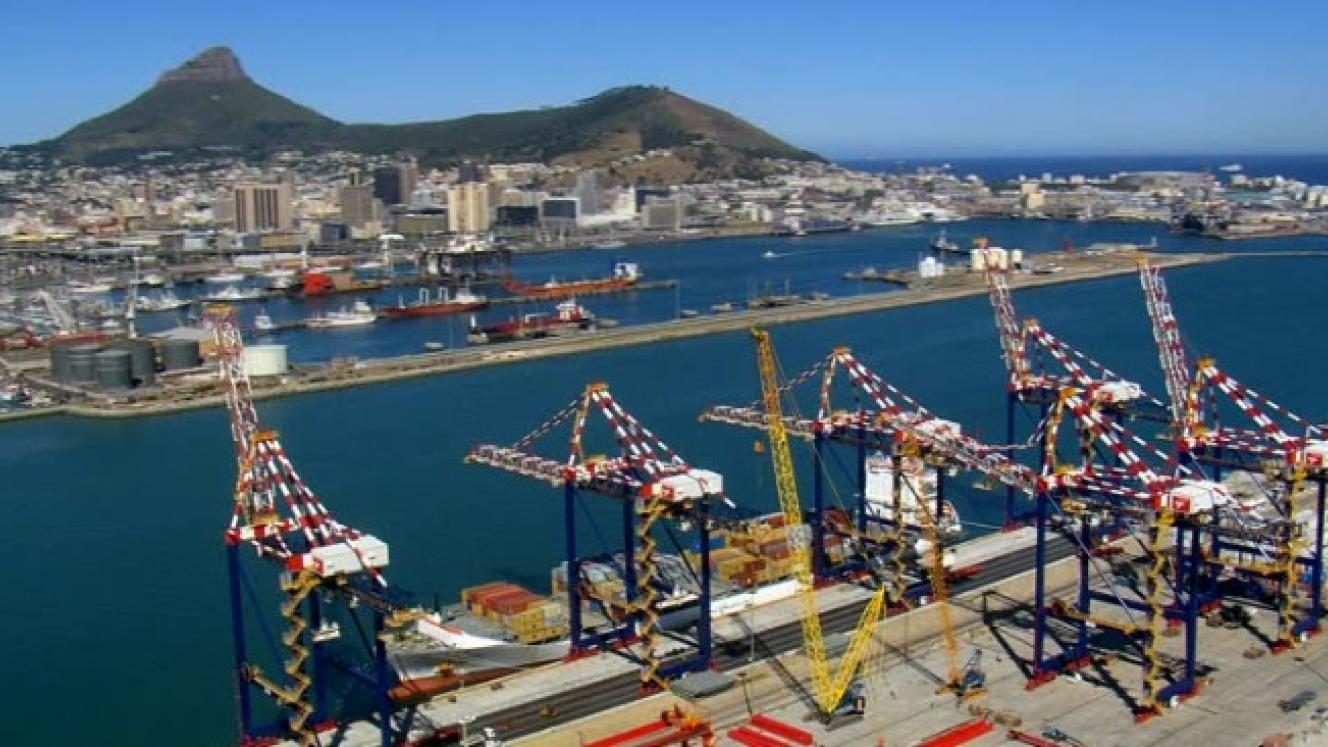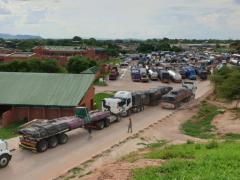Sub-Saharan Africa is “catching up,” having moved up by 7%, from 54% to 61%, in its digital and sustainable trade facilitation score, according to Rup Chanda, director of the Trade, Investment and Innovation Division at the United Nations Economic and Innovation Division. She was speaking at the release of the 2025 survey, which measures transparency, formalities, international arrangements and cooperation, paperless trade and cross- border paperless trade. It shows that the southern African region leads the African continent in 2025, with a total score of 67.45%, followed by East Africa (63.98%) and North Africa (62.9%). In 2023, North Africa led overall (64.73%), followed by southern Africa (63.59%) and West Africa (55.76%). Poor connectivity, unreliable power supply and institutionalised corruption are slowing the digitisation of African border crossings. While some countries have begun implementing digital systems, including biometric e-gates, real-time authorisation platforms, and integrated visa processing systems, many borders still rely on paper. Digitisation requires political will to formulate and pass the necessary legislation and to make funds available. Finance is needed to establish the online systems and build one- stop border posts (OSBPs), which streamline trade and movement by combining customs and immigration checks from two countries into a single coordinated stop. According to the latest Auda-Nepad African Union Development Agency status report, there are 32 OSBPs in operation across the continent, 85 are “being prepared for transition”, and a further five are being planned. The first OSBP was opened at the Chirundu border post between Zambia and Zimbabwe in 2009. “Operational OSBPs have reduced border dwell times by 42%, with some posts achieving even greater efficiency gains,” writes Nardos Bekele-Thomas, chief executive officer, African Union Development Agency- NEPAD in the foreword to the report. “This has allowed trade to flow more seamlessly, contributing to the growth of intra-African trade and enhancing Africa’s capacity to diversify its exports. The programme is transforming how Africa conducts trade and driving the implementation of the AfCFTA’s goals.” They are not the only way to facilitate the movement of cargo, however. The report also states that “a one-size-fits-all approach may not be suitable. By recognising the diversity of needs and contexts, stakeholders can develop tailored solutions that maximise the effectiveness of border management mechanisms, including both OSBPs and traditional border posts, in promoting trade, economic growth, and regional integration”. ER












